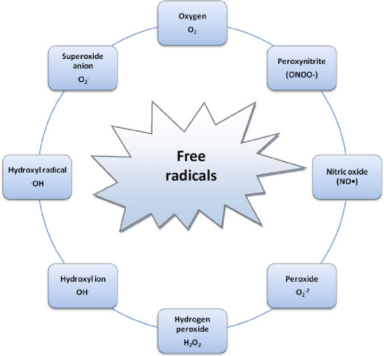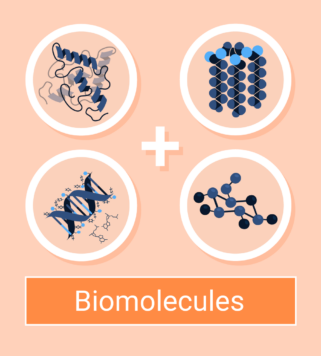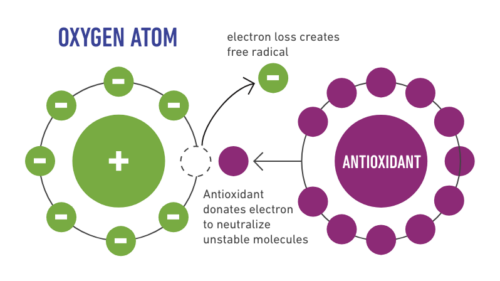Neuroprotective properties of fullerenols С60(OH)30#nbsp;and С70(OH)30#nbsp;have been shown in a Drosophila melanogaster model of Parkinson’s Disease (PD). Fullerenols used in this work demonstrated negligible toxicity even at high concentrations as a result of a specifically developed manufacturing process. It has been shown that the drugs promote restoration of dopamine levels, reduce oxidative stress in transgenic flies expressing the human alpha-synuclein gene, prevent death of dopaminergic neurons in the brain and alleviate aggregation of alpha-synuclein. Thus, the anti-aggregation effect of fullerenols, demonstrated for various forms of amyloid proteins, is also observed for alpha-synuclein, resulting in reduction of formation of insoluble aggregates of this protein. Neuroprotective activity was affected by the Drosophila melanogaster genotype and not by the number of carbon atoms in the fullerenol compounds. We concluded that due to their unique properties, fullerenols might be a promising tool for drug development to treat PD.
Related researches 23 articles























